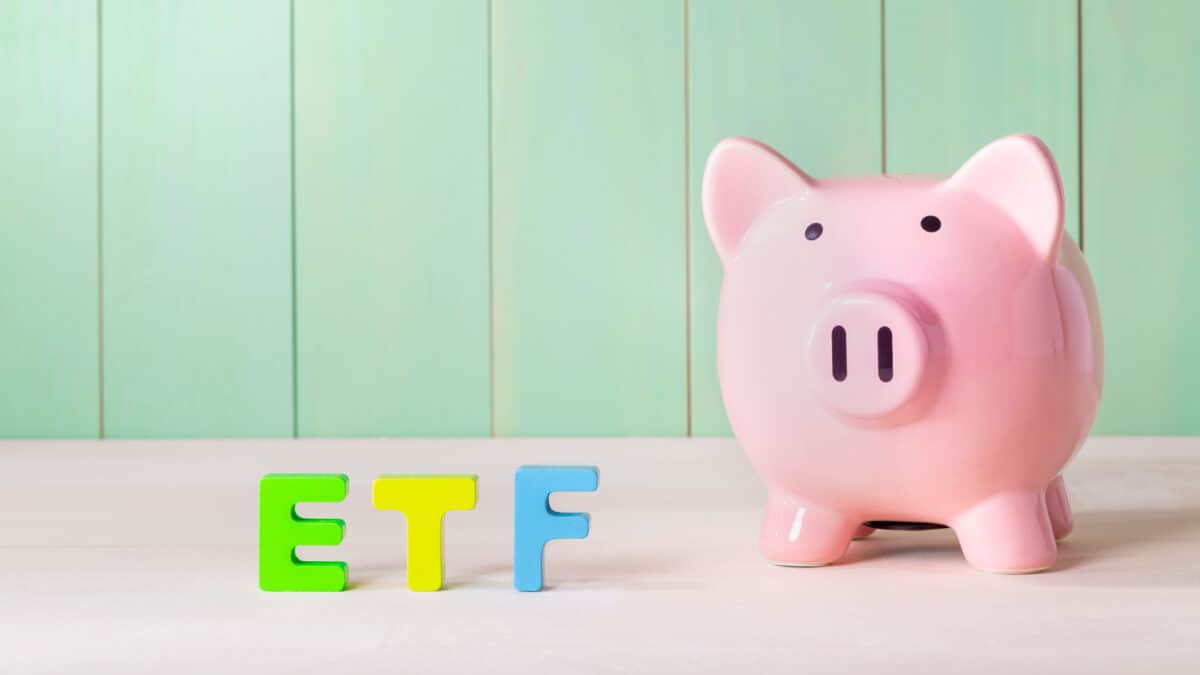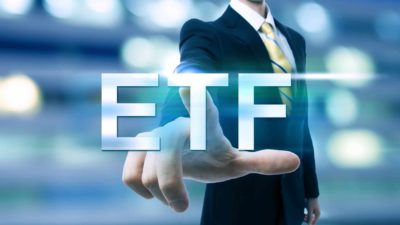In my opinion, the Vanguard Australian Shares Index ETF (ASX: VAS) is an easy and effective investment vehicle for gaining exposure to the Australian share market. I'd prefer investing in this ASX shares fund over a term deposit for the passive income and a few other reasons.
The VAS ETF is invested in the S&P/ASX 300 Index (ASX: XKO), being 300 of the biggest businesses in Australia. It comes with a very low annual management fee of just 0.07%.
According to Finder, some of the best 12-month term deposits are offering interest rates of just under 5%.
With that in mind, I'll get into why I'd prefer this Vanguard exchange-traded fund (ETF).
Stronger passive income potential
ASX ETFs pass on the dividend income they receive to the owners of VAS ETF units. Investors can also receive the crystallised capital gains from any shares sold for a profit within the ETF's portfolio.
Various businesses within the VAS ETF portfolio are dividend-paying companies including Commonwealth Bank of Australia (ASX: CBA), Westpac Banking Corp (ASX: WBC), National Australia Bank Ltd (ASX: NAB), BHP Group Ltd (ASX: BHP), Rio Tinto Ltd (ASX: RIO), Telstra Group Ltd (ASX: TLS) and Wesfarmers Ltd (ASX: WES).
Over the past three years, the ETF has delivered an average distribution return of 5.2% per annum, which is higher than the term deposit rates. Franking credits attached to those distributions make the grossed-up dividend yield even stronger.
Impending interest rate cuts
I'm not going to try to predict when the RBA will cut rates – plenty of market commentators have been wrong in the last two years about where interest rates will end up.
However, with the US seemingly getting closer to cutting rates, I think it'd be fair to say that Australia's interest rates are nearing cuts, too, with inflation seemingly reduced to a more sustainable level.
When interest rates are cut, it will likely mean that the interest rate from a term deposit reduces as well. But this could boost the price investors are willing to pay for ASX 300 shares, potentially delivering capital growth for VAS ETF investors.
Capital growth potential
Term deposits are excellent at protecting investor money, but they obviously don't provide any capital growth potential.
The great thing about businesses is that they can both pay dividends and grow earnings.
When companies grow their profit, it can encourage investors to push up the share price.
Over time, businesses like Wesfarmers, Macquarie Group Ltd (ASX: MQG) and CBA have grown their profits. They're not exactly rapid-growth stocks, but collectively, the ASX 300 has helped the VAS ETF deliver capital growth of an average of 3% per annum, which is in addition to the distribution returns I mentioned before.
Diversification
Owning a portfolio of 300 businesses provides solid diversification rather than relying on one financial institution to pay the term deposit interest.
The VAS ETF owns ASX shares in various sectors, including ASX financial shares, ASX mining shares, ASX healthcare shares, ASX retail shares, and so on.
Foolish takeaway
Of course, I'm not suggesting I'd invest all my cash into the VAS ETF. Some Aussies may prefer owning term deposits for the capital protection, which is understandable.
However, in my mind, term deposits are largely being utilised to generate a return, and I've outlined why I think a fund can provide a more appealing return.









